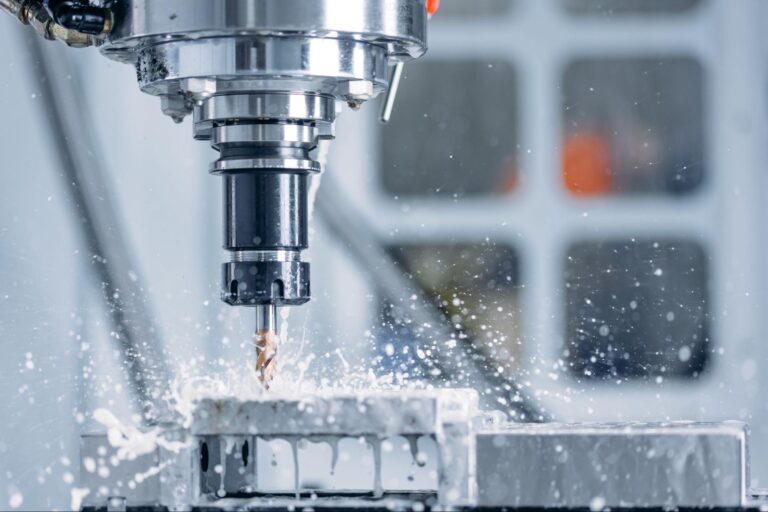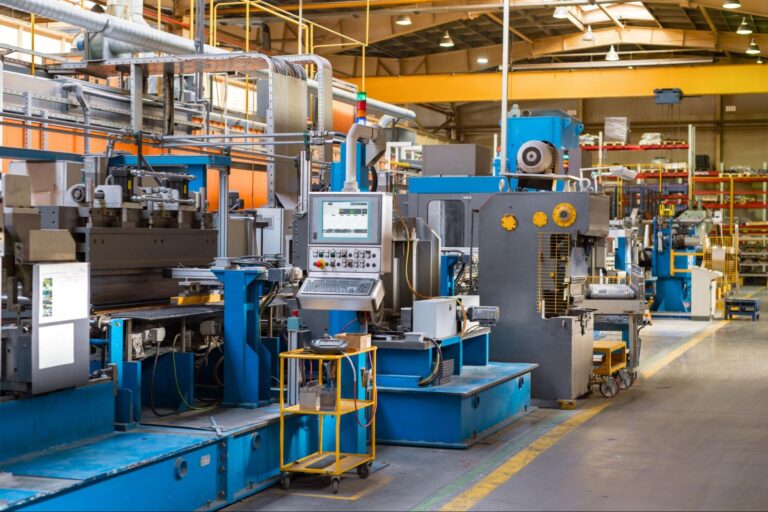Electroless nickel plating (ENP of NiP) is a reaction that deposits a nickel-phosphorus alloy onto the surface of a metal. It uses a purely chemical reaction to induce plating and does not leverage electricity. Though this process takes much longer than electroplating, advantages are a more uniform thickness over even the most complex surfaces (due to not having to rely on varying electric fields), as well as superior wear and corrosion resistance. The standard specification for ENP in North America is MIL-C-26074E, with various grades specifying thicknesses from 0.0003-0.002”.









